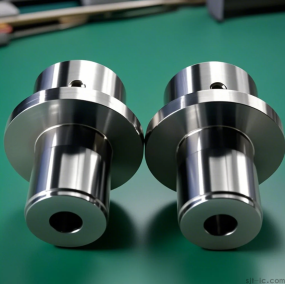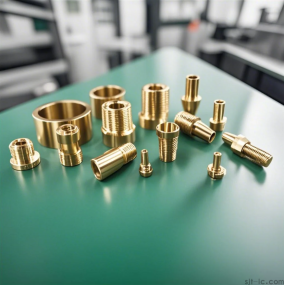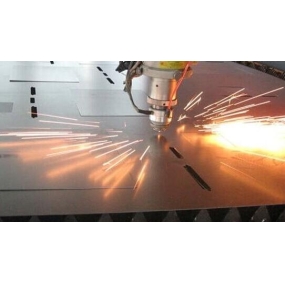Single setup: 3-axis machines require multiple setups, which may result in incorrect alignment, higher costs, and other errors. Through five axis CNC Machining, you can improve power, save time, reduce costs, and prevent operator errors by processing messy shapes with just one setup.
Shorter Tools: Five axis CNC machining allows you to use shorter tools because you can lower the head and properly position the tool. This helps to achieve higher cutting speeds without putting too much pressure on the tool. Shorter cutting tools can also reduce tool vibration, which may result in cavities and cores. Because the vibration of 5-axis machine tools is smaller, you will see better surface smoothness.
Chaotic parts: This process allows you to process the chaotic parts that were originally required to be cast. If you have small-scale production or prototypes, you will be able to process parts within a few weeks instead of waiting for months to complete casting.
Improving tool lifespan: You can maintain a constant chip load and optimal cutting position, thereby increasing tool cycle time and lifespan.
Drilling: Five axis CNC machining provides the ability to drill a series of holes with various composite angles in a timely manner. This can save a lot of time - if you use a 3-axis machine, you will need to use different settings for each face.
Collision avoidance: The ability to tilt the worktable or cutting tool to prevent collision with the tool holder.
Although this manufacturing process is popular in the aerospace environment, these useful features have prompted more industries to adopt it. Industries benefiting from this process include oil and gas, healthcare, alternative power, and compressors.


 Spanish
Spanish Arabic
Arabic French
French Portuguese
Portuguese Belarusian
Belarusian Japanese
Japanese Russian
Russian Malay
Malay Icelandic
Icelandic Bulgarian
Bulgarian Azerbaijani
Azerbaijani Estonian
Estonian Irish
Irish Polish
Polish Persian
Persian Boolean
Boolean Danish
Danish German
German Filipino
Filipino Finnish
Finnish Korean
Korean Dutch
Dutch Galician
Galician Catalan
Catalan Czech
Czech Croatian
Croatian Latin
Latin Latvian
Latvian Romanian
Romanian Maltese
Maltese Macedonian
Macedonian Norwegian
Norwegian Swedish
Swedish Serbian
Serbian Slovak
Slovak Slovenian
Slovenian Swahili
Swahili Thai
Thai Turkish
Turkish Welsh
Welsh Urdu
Urdu Ukrainian
Ukrainian Greek
Greek Hungarian
Hungarian Italian
Italian Yiddish
Yiddish Indonesian
Indonesian Vietnamese
Vietnamese Haitian Creole
Haitian Creole Spanish Basque
Spanish Basque











